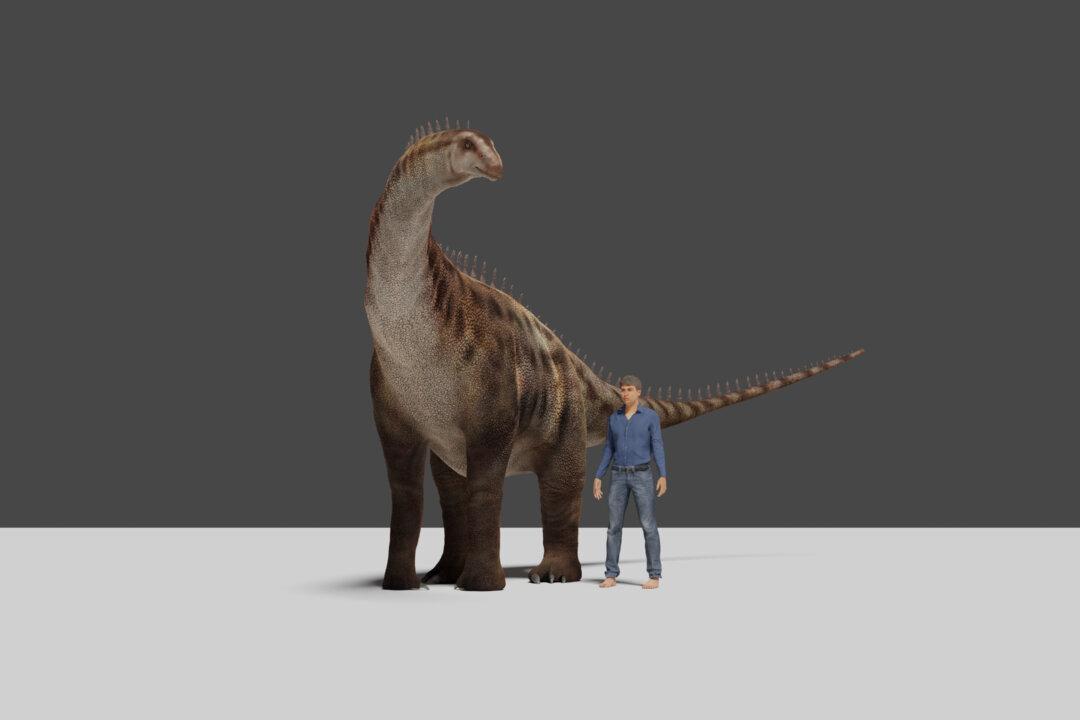A perceptive diner has spotted dinosaur footprints in a restaurant in southwestern China, with an international research team confirming that they belonged to the long-necked and small-headed sauropod.
These dinosaurs are thought to be among the most successful dinosaurs to have ever existed, flourishing right until the end of the Age of Dinosaurs.






